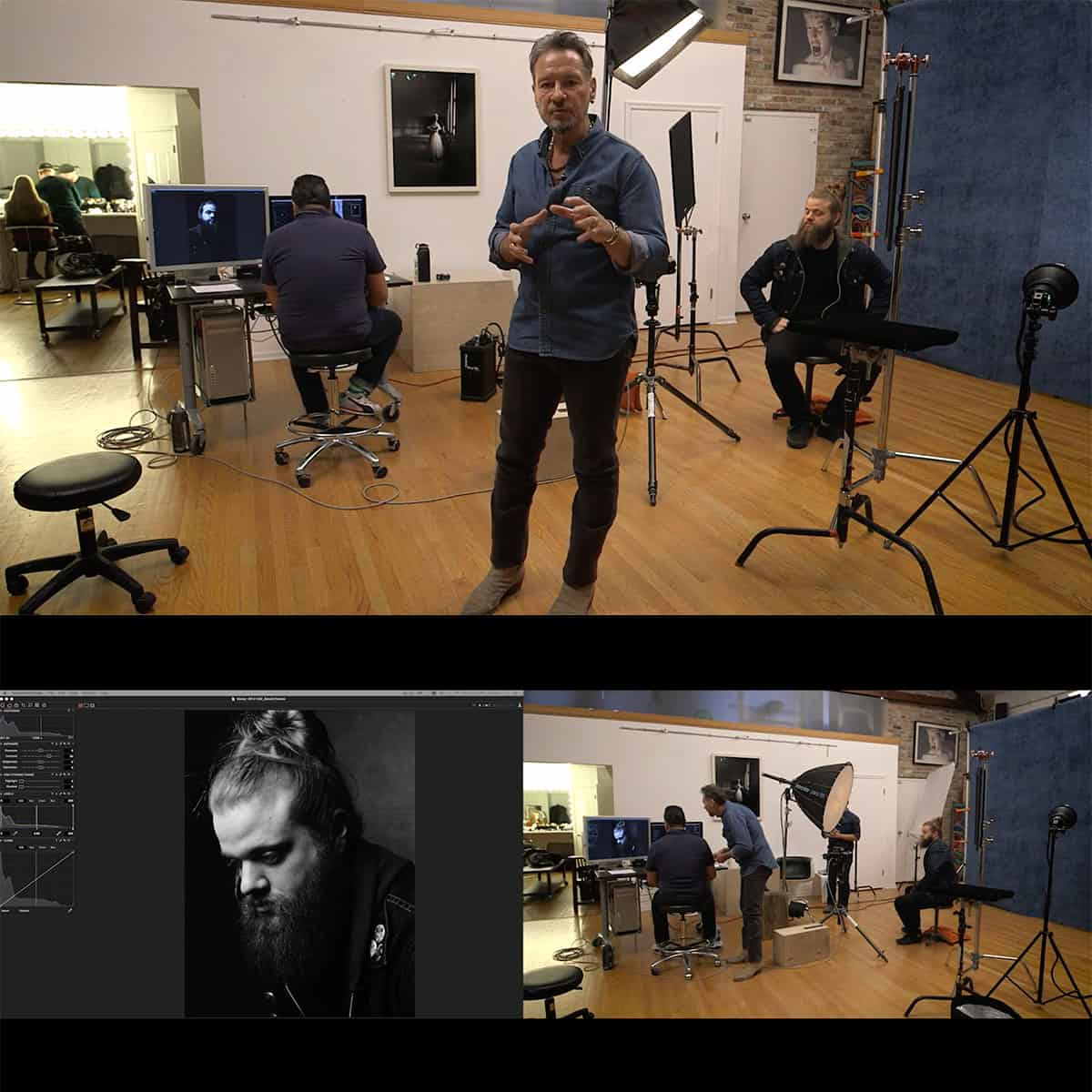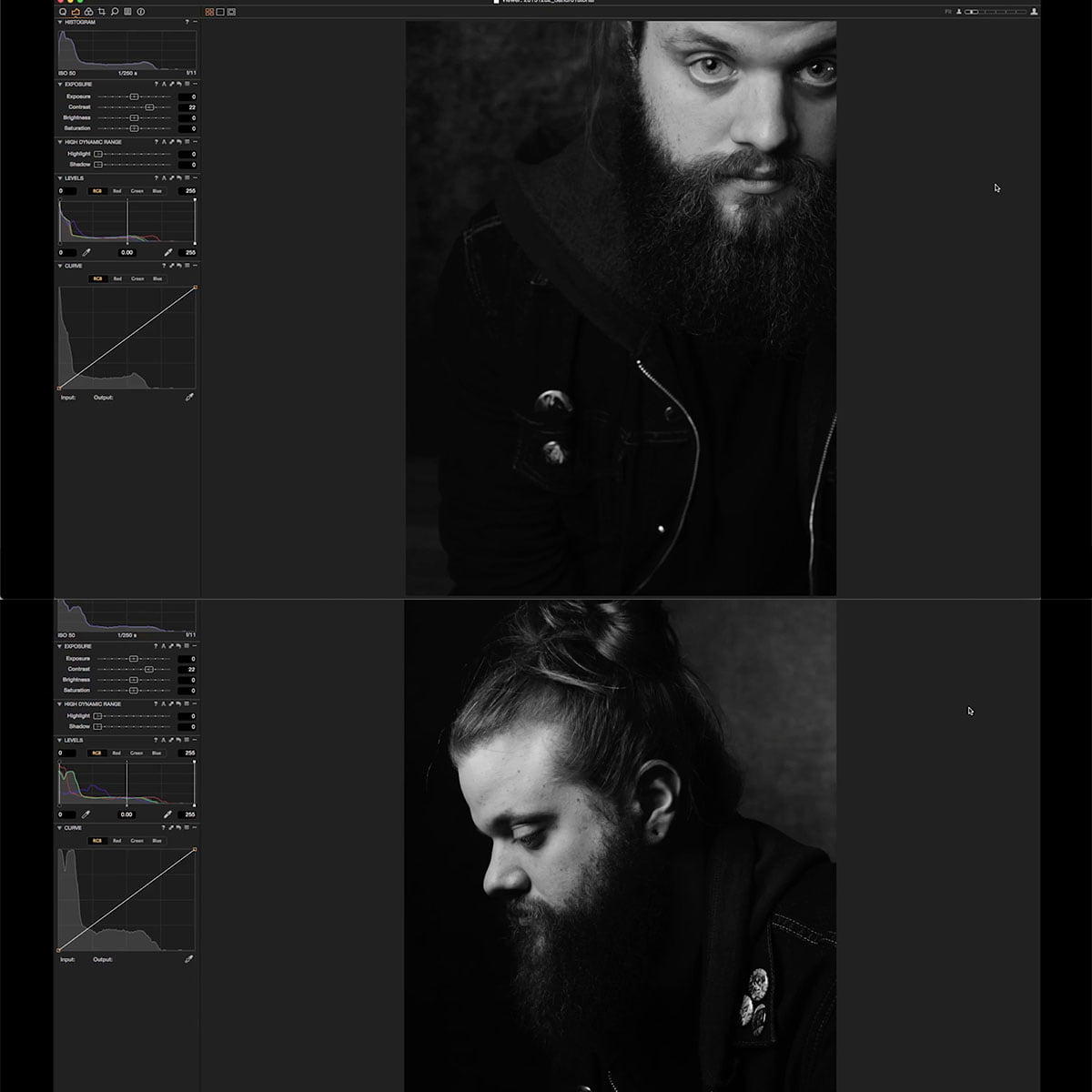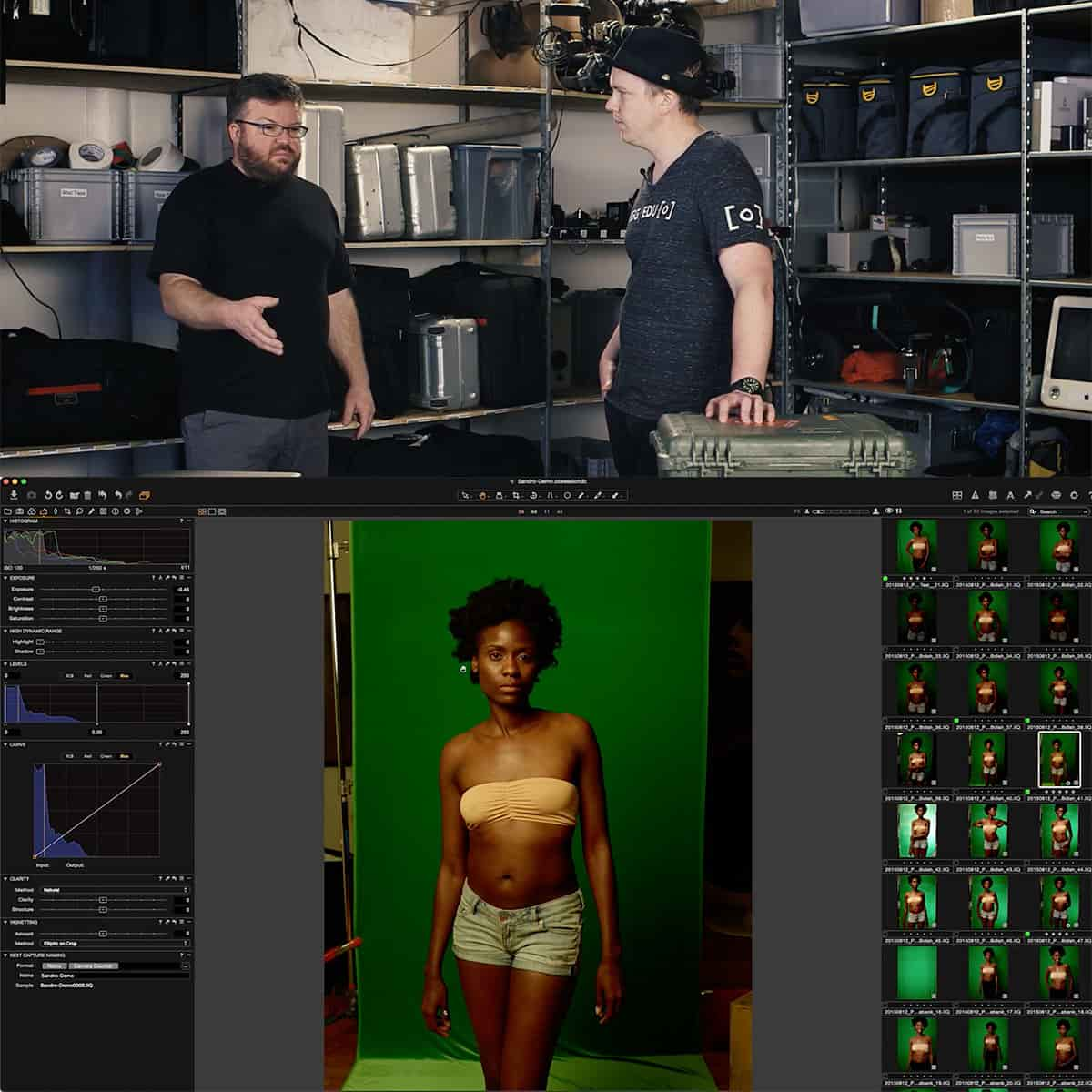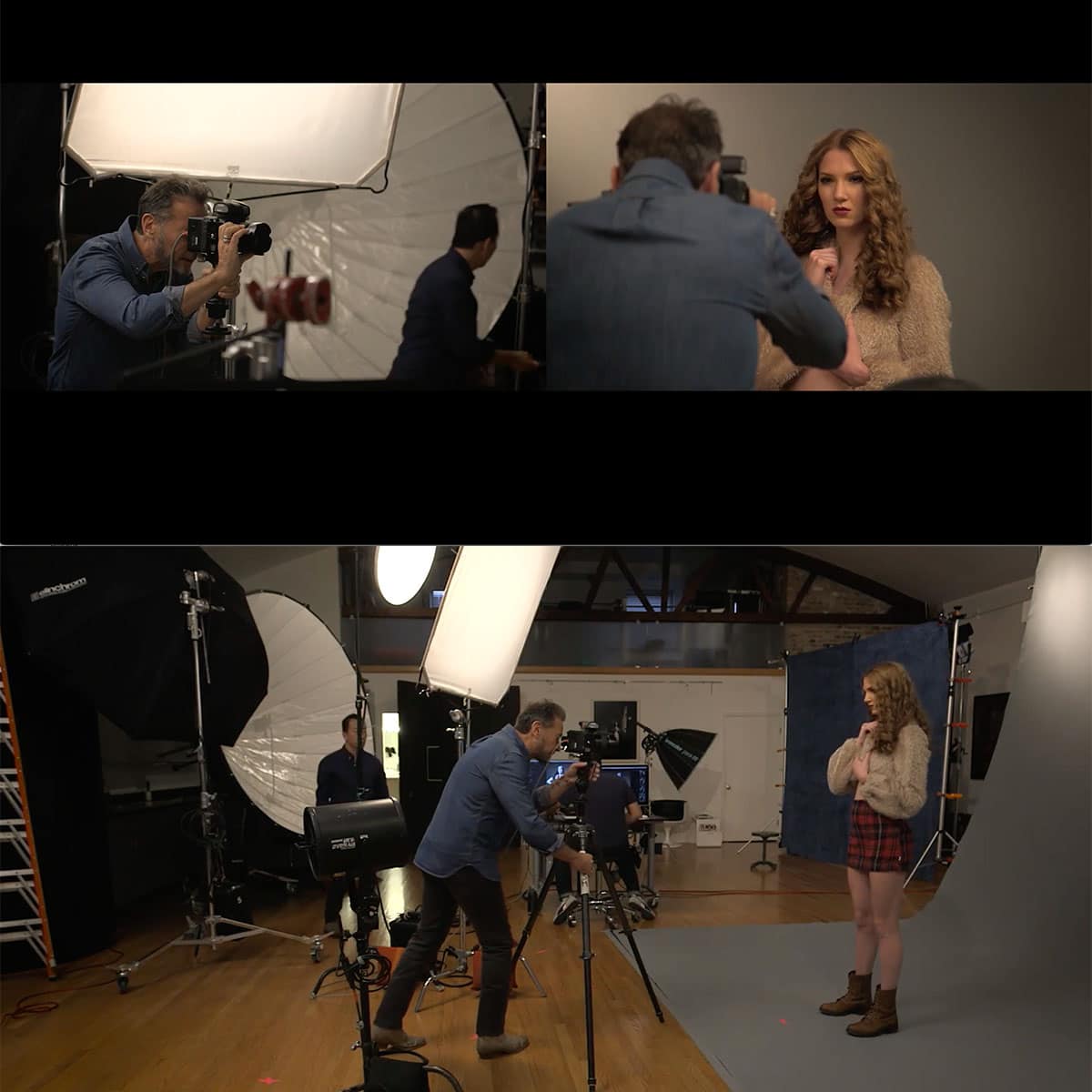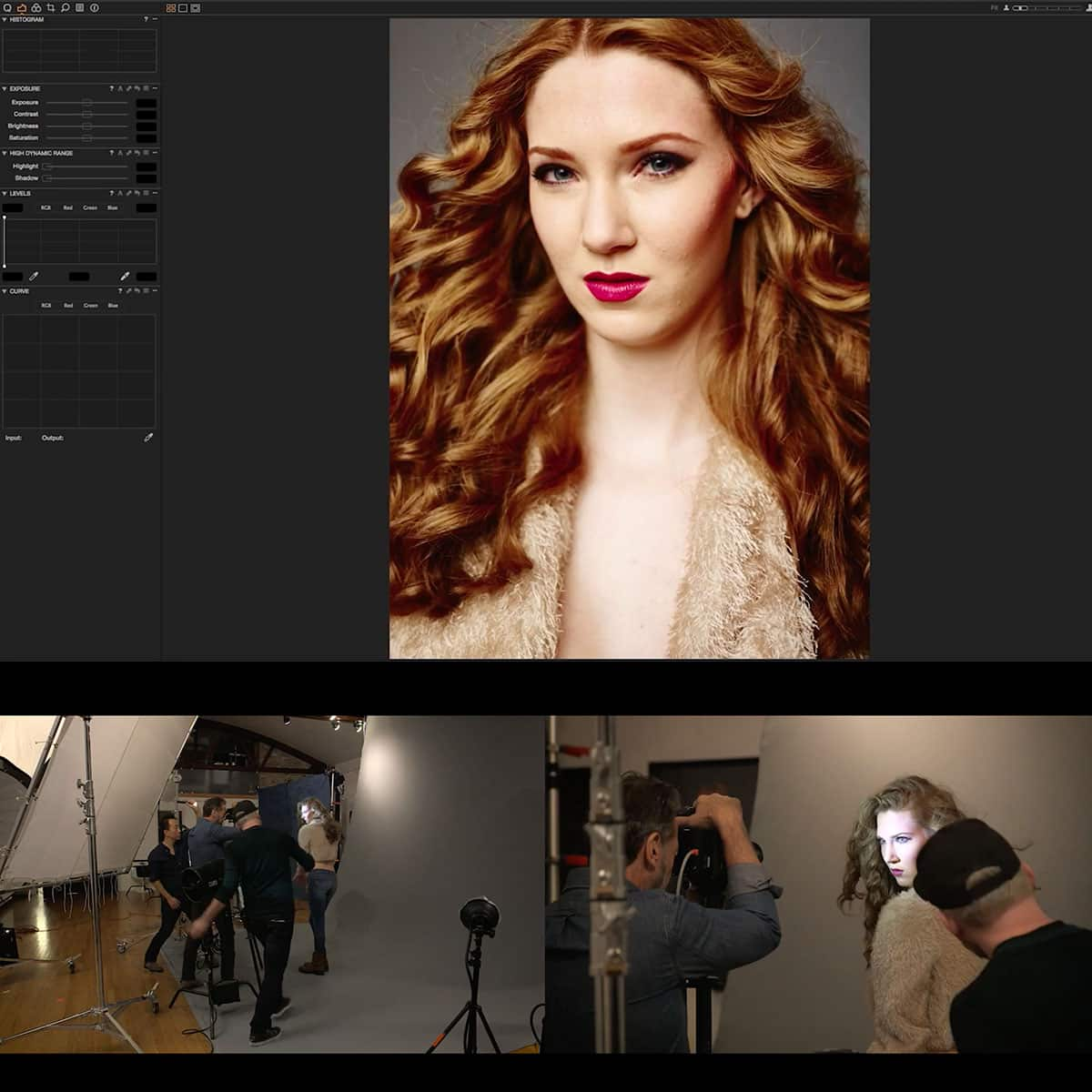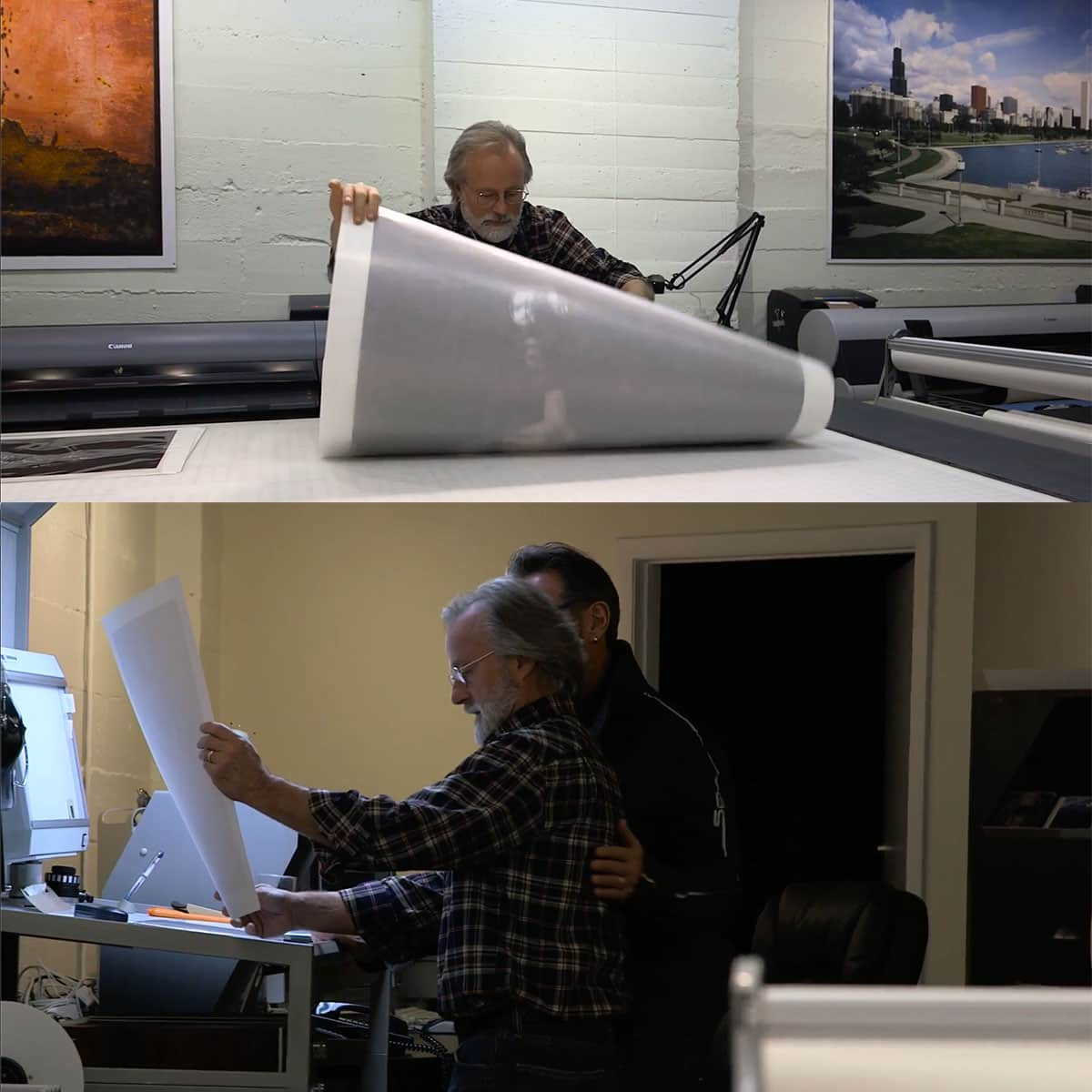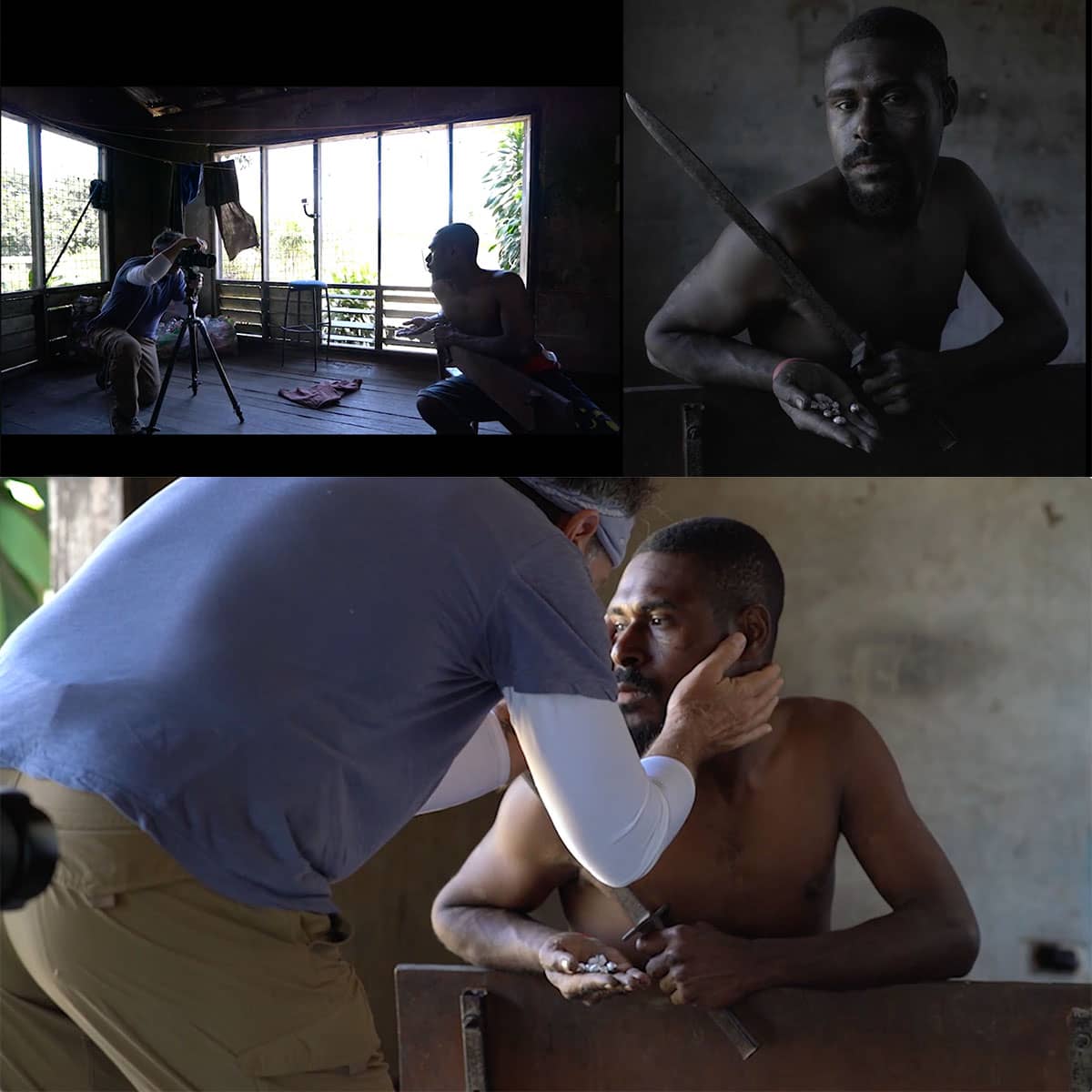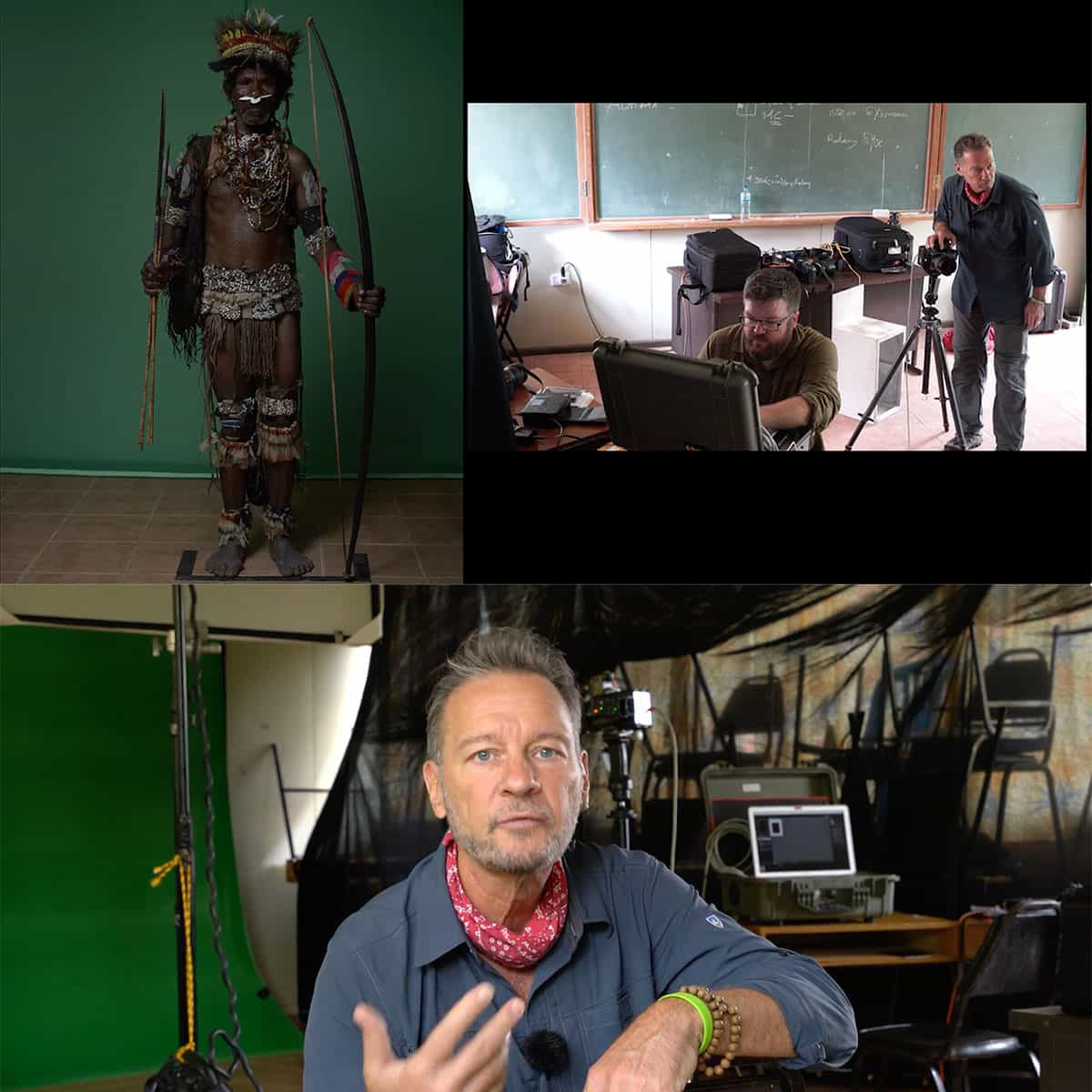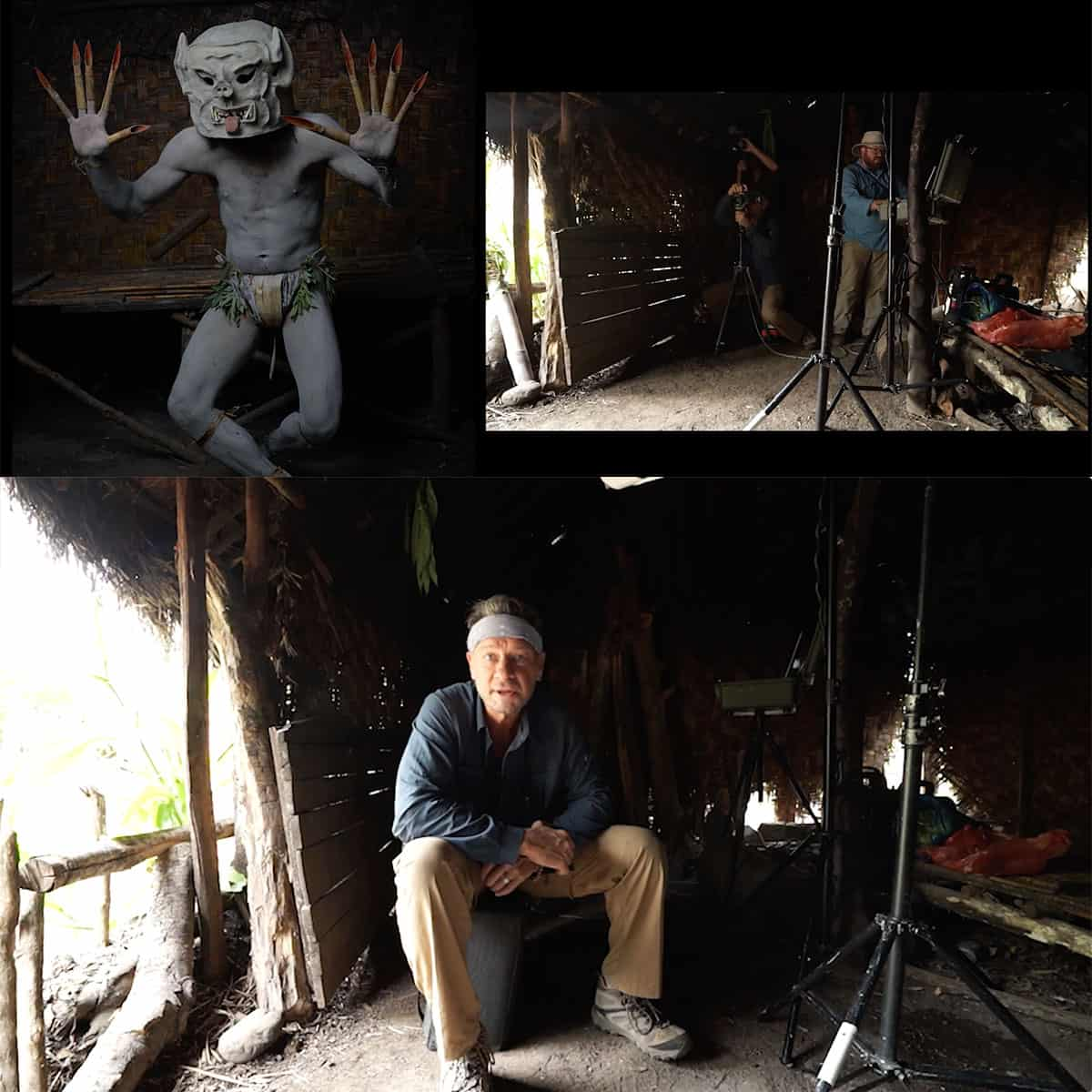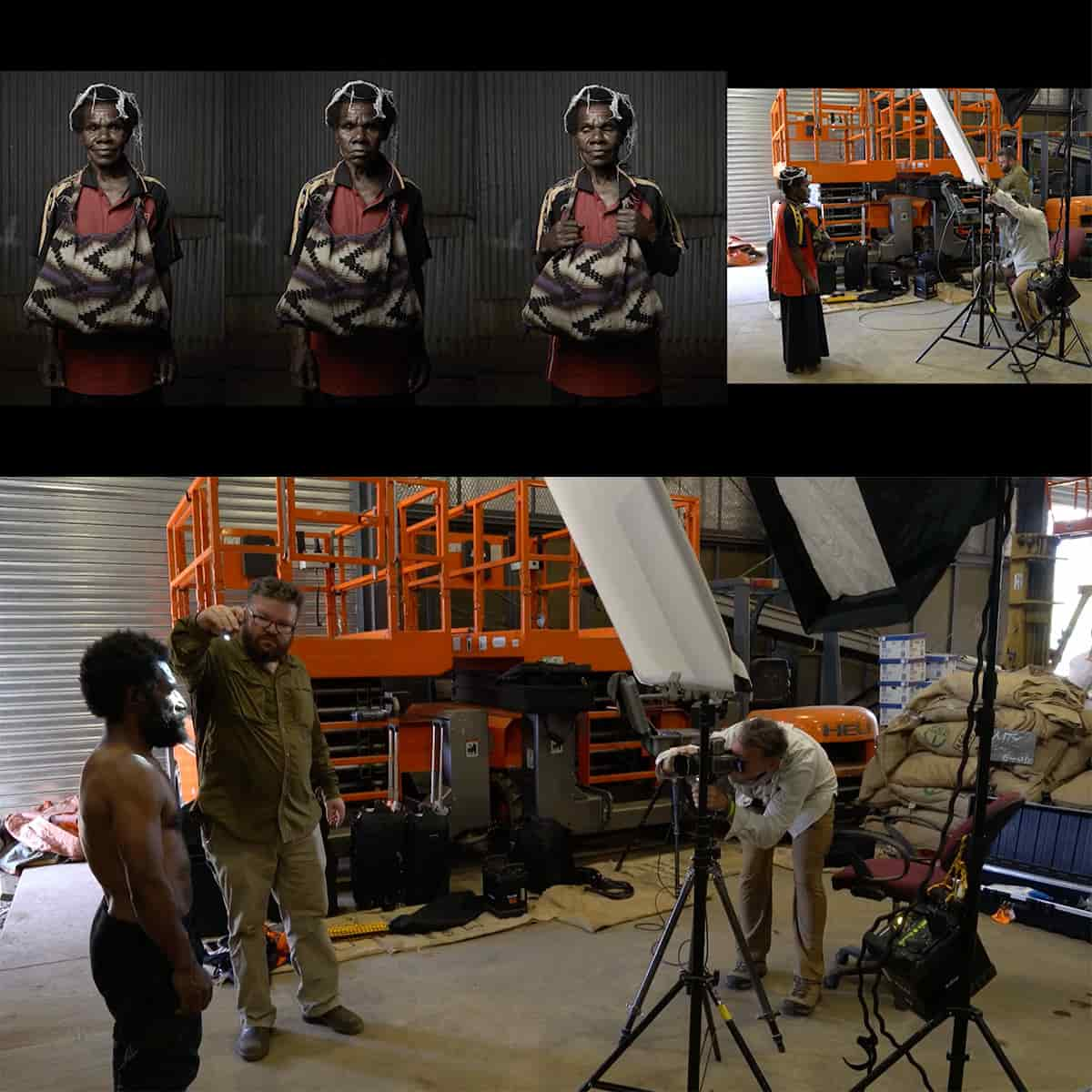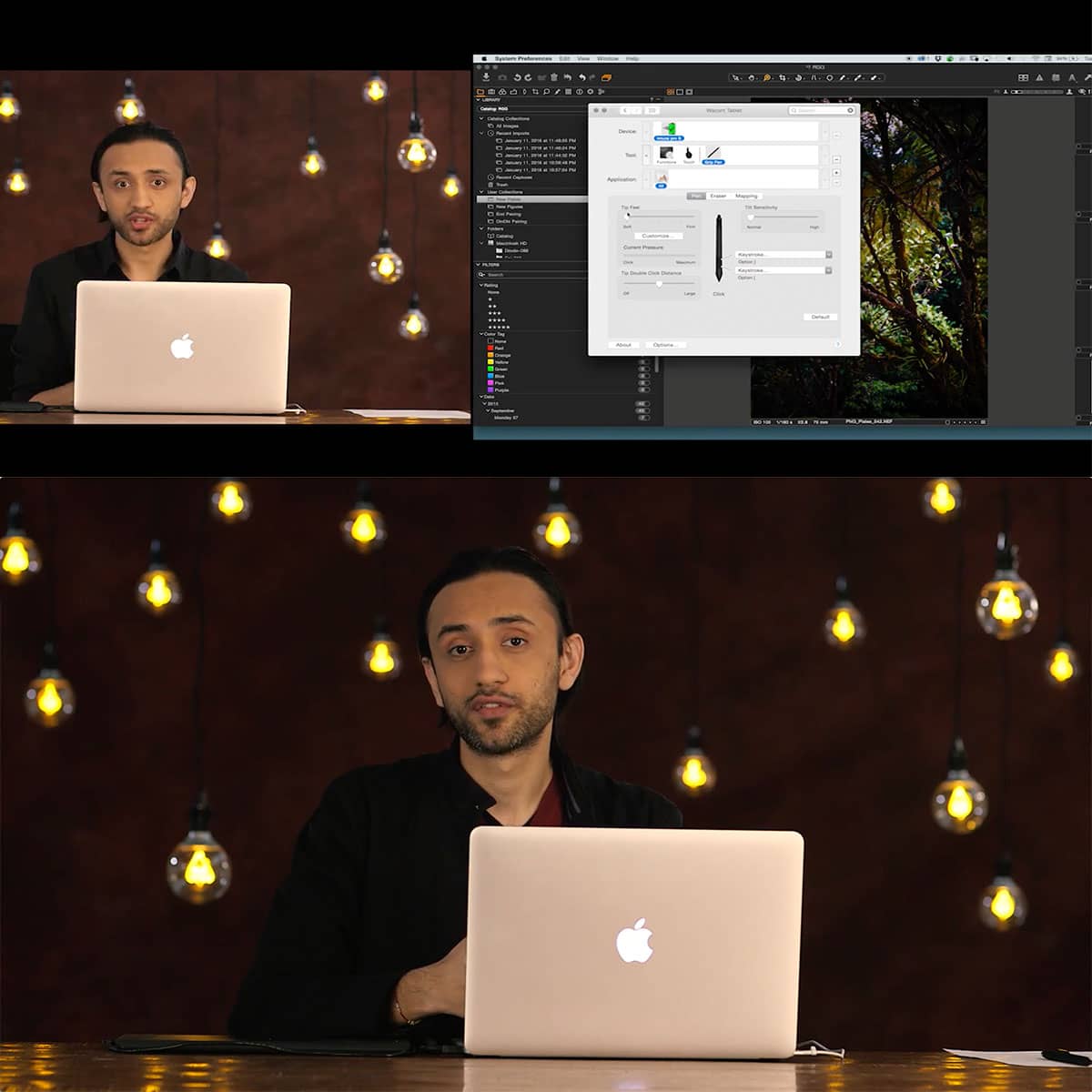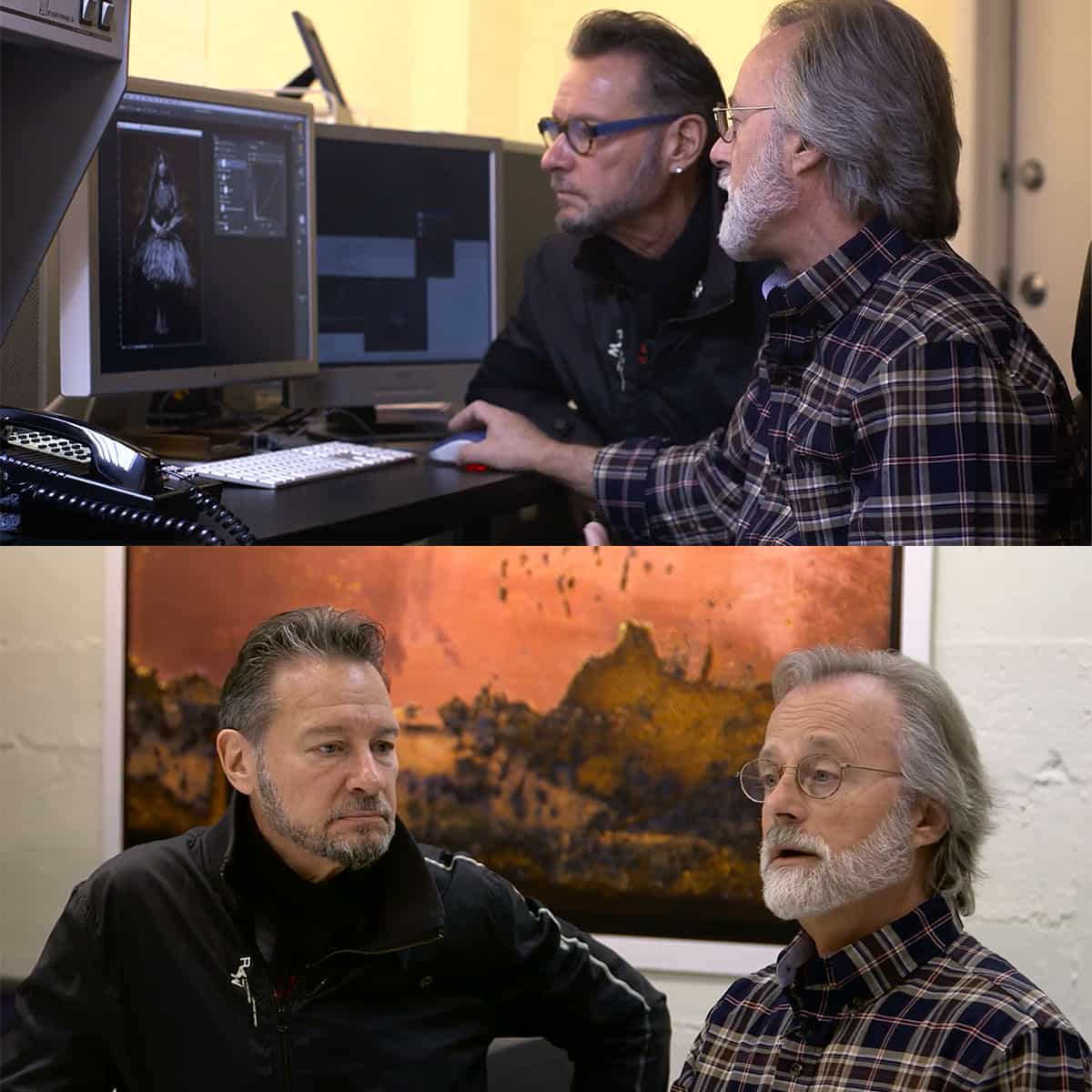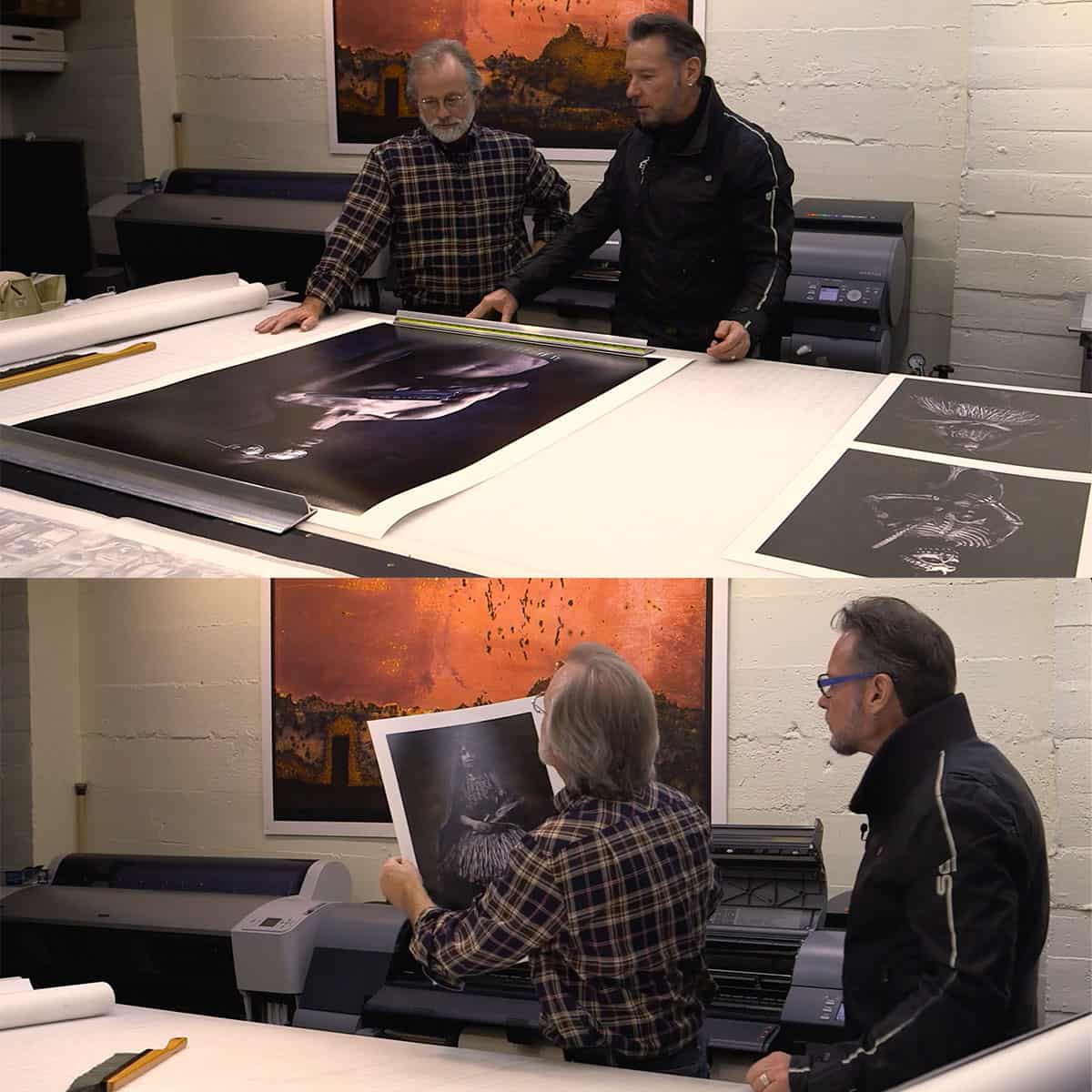Framing Your Shots Perfectly: A Beginner's Guide to Capturing Excellence
Framing is a crucial technique in photography that can transform an ordinary shot into a captivating image. By understanding how to frame your subjects effectively, you can create more engaging and eye-catching photos while adding depth and context to your compositions.
Beginner photographers often focus on their subject alone, neglecting the surrounding elements that can make a photograph appealing. However, by utilizing various framing techniques, you can enhance the overall composition and impact of your shots. From natural frames in the environment to manipulating camera angles, mastering the art of framing is a game-changer for any aspiring photographer.
Key Takeaways
- Framing enhances photographic compositions and adds depth to your shots
- A variety of techniques can be used to create engaging and visually striking images
- Mastering different shot types and camera angles is crucial for effective framing
Understanding the Basics of Framing
The art of framing is essential to capture stunning photographs that engage the viewer. It involves consciously arranging objects, people, or scenes within your viewfinder to create a visually appealing composition. Using elements from the foreground, we can create depth and interest in our images.
We can start by applying natural frames to our photos. This may include using windows, doorways, tree branches, or archways. By framing our subjects with these elements, we not only draw attention to the main focus but also add a unique perspective and context to the image.
Experimenting with different angles and perspectives will help us create more dynamic frames. We can use low angles to make a subject more prominent or high angles to highlight the background. Be mindful of your subject's position, and don't hesitate to rearrange elements in the scene to create a balanced composition.
Another useful framing technique is the use of leading lines. These can be natural or man-made lines such as roads, fences, or rivers that lead the viewer's eye to the main subject. Leading lines can greatly enhance the visual impact of our photos by introducing a sense of movement and flow to the composition.
In conclusion, understanding and applying basic framing principles can improve our photography skills. Be creative, explore different techniques, and always keep an eye out for unique ways to frame your subjects.
Maximizing Composition and Focus
When it comes to capturing perfect shots, we need to focus on two critical aspects: composition and focus. In this section, we will explore various techniques and elements that can help enhance these characteristics in our photographs.
One of the essential elements in photography is the composition. A well-crafted composition includes the arrangement of elements in our frame to create a visually pleasing and harmonious image. We can improve our composition through techniques such as the Rule of Thirds and using leading lines.
Utilizing the Rule of Thirds, we divide our frame into nine equal parts, with two equally spaced vertical and horizontal lines. By placing our subjects or points of interest at the intersections of these lines, we create a more balanced and engaging image.
On the other hand, focus is crucial to draw attention to the subject and convey the intended message. To achieve sharp focus, we can use autofocus points or manual focus. In both cases, it's essential to be mindful of the depth of field. A shallower depth of field will isolate the subject, while a deeper depth of field brings both the subject and background into focus.
Additionally, considering the context plays a significant role in maximizing composition and focus. Ensure that the elements in the foreground and background complement and do not distract from the subject. It may involve using contrasting colors or leveraging negative space to bring attention to the subject.
In summary, by applying these techniques and being mindful of the factors mentioned above, we can effectively maximize composition and focus in our photography, ensuring captivating and impactful images.
Creating Feelings through Framing
Framing can greatly impact the feeling and atmosphere of a photograph. By carefully selecting elements in our environment, we can create a natural frame around the main subject, enhancing the overall visual appeal. For example, incorporating elements like tree branches, doorways, or windows can help draw the viewer's attention and add depth to the image.
The use of space and lines within the frame is important in evoking certain feelings. A spacious composition can create a sense of freedom or vastness, while tighter framing can lead to a more intimate and focused atmosphere. Lines, such as those created by architecture or natural landscapes, can guide the viewer's eye and generate a sense of movement or direction.
Experimenting with different perspectives and angles can further enhance the feeling conveyed in a photograph. Low angle shots can make the subject appear more imposing and powerful, while high angle shots may create a sense of vulnerability or insignificance.
In conclusion, being conscious of the various elements in our surroundings while framing a shot can greatly influence the atmosphere and feeling of the photograph we create. Utilizing natural frames, manipulating space, and employing lines effectively can help capture the emotions and essence we wish to convey in our images.
Exploring Different Shot Types
When it comes to framing shots in photography or filmmaking, understanding different types of shots is crucial. In this section, we'll briefly introduce some common shot types, including portraits, close-ups, and landscapes. By mastering these variations, we can enhance our compositions and better communicate our visual intentions.
Portraits are fundamental in capturing the essence of a subject, often focusing on a person's face or upper body. This type of shot lets us emphasize facial expressions, emotions, and personality, while also offering opportunities for creative lighting and background choices.
Close-up shots dive deeper into details, bringing smaller elements of a scene into the limelight. This camera shot size isolates and accentuates specific aspects of a subject, like the intricate details of an object or the texture of a plant. Close-ups can create a sense of intimacy or help build tension in a narrative.
Let's not forget the broader perspective of landscapes. These shots capture vast, picturesque scenes that evoke a strong sense of place. Typically, landscapes frame stunning vistas, sweeping city skylines, or captivating natural environments. From wide-open landscapes to intimate street scenes, camera movements and angles play a significant role in defining the scale and context of our subject matter.
In summary, varying our shot types is essential in creating engaging and visually diverse images or films. By thoughtfully selecting our shots - whether it's a portrait, close-up, or landscape - we elevate the storytelling potential of our compositions and make a powerful impact on the viewer.
Mastering Camera Angles and Viewfinder Use
In photography, mastering camera angles and viewfinder use is essential for capturing visually impactful shots. We will explore some of the key concepts, such as medium shot, viewfinder, grid, and framing.
A medium shot typically captures the subject from approximately the waist up, providing a balanced view of the person or object. This type of shot is a versatile choice, allowing for both physical context and emotional expression. You can experiment with various medium shots by adjusting your distance and focal length.
Using a viewfinder is crucial for framing your shots and maintaining accurate compositions. While looking through the viewfinder, you can see all relevant information, such as focus and exposure settings. The difference between an OVF and EVF impacts how you will use the viewfinder, but both types serve similar purposes.
To achieve balanced compositions, activate the grid feature on your camera or viewfinder. By dividing your frame into three equal horizontal rows and vertical columns, you create a 3x3 grid. Position your subject along one of the lines or at the intersection points to follow the rule of thirds.
Lastly, understanding framing in photography helps you convey your intended message and perspective. Consider experimenting with various approaches, such as high angle and low angle shots, foregrounding, and background elements, to strengthen your visual storytelling skills. Remember to keep practicing and refining your camera angles and viewfinder use for optimal results.
Frequently Asked Questions
What are the key principles of the rule of thirds?
The rule of thirds is a compositional guideline in which an image is divided into nine equal parts by two equally spaced horizontal and vertical lines. Placing elements of interest at the intersections of these lines or along them can create more engaging and balanced photographs. This technique works well for landscape, portrait, and still life photography.
How can leading lines enhance a photo composition?
Leading lines are lines that guide the viewer's eye through the image, creating depth and directing focus to the main subject or a specific part of the photo. Utilizing leading lines can strengthen the composition and add a sense of movement, drawing the viewer in. Examples of natural and man-made leading lines include roads, rivers, architectural elements, and fences.
What does 'frame within a frame' mean in photography?
A 'frame within a frame' is a composition technique where the subject is framed by another object in the scene, such as an archway, window, or tree branches. This method can add depth and context to the image, create visual interest, and guide the viewer's eye towards the main subject.
What is the significance of symmetry in framing?
Symmetry in framing creates a balanced, visually pleasing composition. It occurs when elements on both sides of the frame are mirrored, either horizontally or vertically. This can give the photograph a sense of harmony and order. Symmetry can be found in patterns, reflections, and architectural structures.
How does contrast impact visual appeal in a shot?
Contrast is the degree of difference between the light and dark areas of a photo. High contrast images can have greater visual impact by emphasizing shapes, textures, and colors. Adjusting levels of contrast can improve the overall appearance of a shot, making it more striking or dramatic.
What are the best techniques for effective cropping?
Cropping is the process of removing unwanted elements or adjusting the composition of a photo. Effective cropping techniques include focusing on the subject by eliminating distractions, adhering to the rule of thirds, and adjusting the aspect ratio for balance and harmony. Be careful not to over-crop, as this can result in loss of important details or decrease image resolution.





